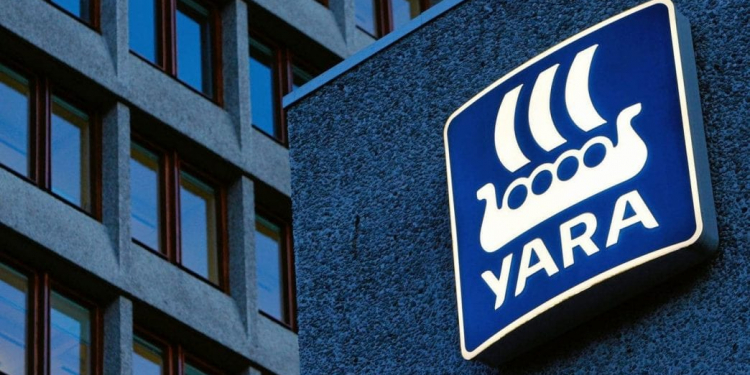Remove the Guesswork
My Father-in-Law, let’s call him Joe – because that’s his name – is a great sports fan. He enjoys all kinds of sports, but he is especially a student of baseball. One of the things he’s taught me is the old idiom “you can’t tell the players without a scorecard.” The same is true about the nutritional status of your potato crop. We can watch the crop grow all day long and even though we can notice things from a macro-view, without a good regimen of sampling we will probably not know what is really going on in the crop. Soil and tissue sampling gives us the scorecard we need to really understand what is going on and to help us better manage the “players”.

Soil sampling gives us a snapshot of the amounts of mineral nutrients that are physically found in the soil; they can be measured in pounds or parts per million (PPM) of N, P, K and so on. What a soil test does not necessarily tell us is the form of the specific nutrients and their availability to the plant. For instance, a soil sample can tell us how many PPM of manganese are in the soil, but it doesn’t tell us the valence of the manganese, whether Mn++, Mn+++, or Mn++++. This can have great consequence in your potato crop being to take up manganese, as only Mn++ is taken up by the plant, but depending on the soil pH, the Mn that the soil test identified might be Mn+++ or Mn++++. The availability of manganese increases 100-fold with a one unit drop in pH. This is just one example of how unintentionally misleading a soil sample can be, and it is a perfect example of why in-season tissue sampling is so important.

Stripped petioles. Photo: Yara UK.
In potatoes the reference standard tissue analysis is weekly petiole sampling. Weekly samples show nutrient trends in the crop and can help to identify potential instances of “Hidden Hunger” before deficiencies rob your crop of yield and quality. Potatoes have a large compound leaf, and so the sampling procedure consists of pulling the youngest fully developed leaf (usually the fourth or fifth leaf from the terminal), stripping off the individual leaflets and submitting just the petiole to the lab for analysis. About 25-50 petioles taken randomly from representative areas of the field constitutes a sample. There are certain steps we can follow to make sure that our petiole sample gives us a consistent and representative analysis as to what is going on across the field.
- While the samples should be taken in a somewhat “random” pattern across a field, care should be taken not to collect petioles from diseased plants, or plants that are in exceptionally dry or wet areas in a field.
- Each week, collect petioles from plants near those plants that were sampled the previous week.
- If there are distinctly different areas of a field that are large enough to be managed separately, then a group of petioles can be taken from each area and analyzed separately.
- Take petioles on the same day of the week. This will assure that you can take into consideration scheduled fertilizer applications when reading the analysis. Also, pull petiole samples at the same time of day for a given field. Plant nutrients are assimilated and stored or utilized at different rates at different times of the day depending upon light intensity and temperature, etc.
- Place petioles in a paper bag, never in a plastic bag. Also, keep the samples cool and out of direct sunlight. If the lab is close by, deliver the samples to the lab the same day they are taken; if not, then ship the samples to the lab using an ‘overnight’ service. Give the lab as much detail about the crop as you can such as variety, growth stage, etc. so that the lab can provide you with an informed recommendation.
- Finally, instruct your or the lab to submit their results to Yara’s Megalab plant analysis database for evaluation and recommendations according to our Toppotato Crop Solution.
Megalab is Yara’s crop nutrient analysis system and is the world’s largest privately held nutrient analysis database. Megalab has been an online resource since 1992 and has served farmers and retailers in dozens of countries and on dozens of crops. Megalab takes the local lab’s analysis and compares those numbers with our prescribed guidelines according to growth stage and delivers to farmers detailed recommendations on Yara’s complete line of crop nutrients. This process removes all the guesswork in your crop’s nutrition program.
To find out if your lab is associated with Megalab, ask your Yara representative.
MEGALAB: Remove the guesswork

Jimmy Ridgway – Crop Manager, Potato

